
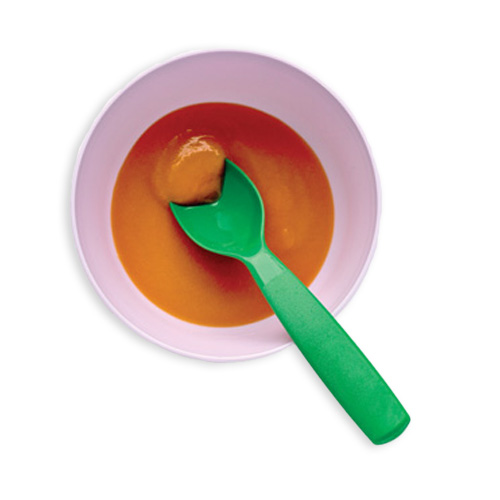
Mashed: smooth with some tiny lumps
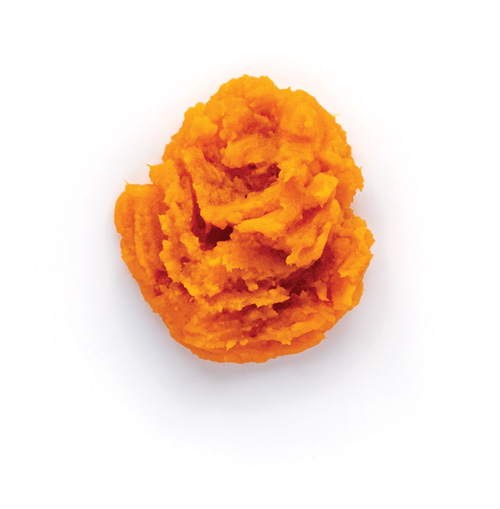
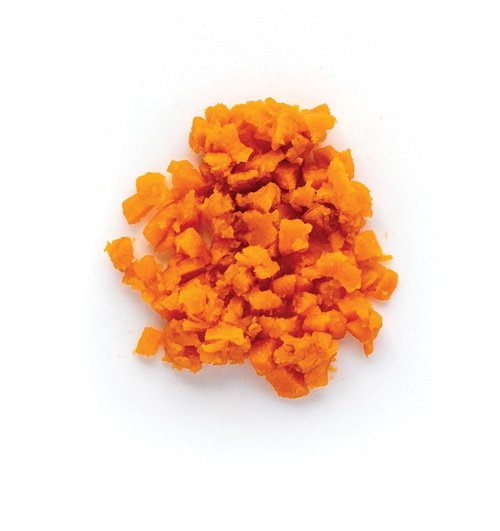
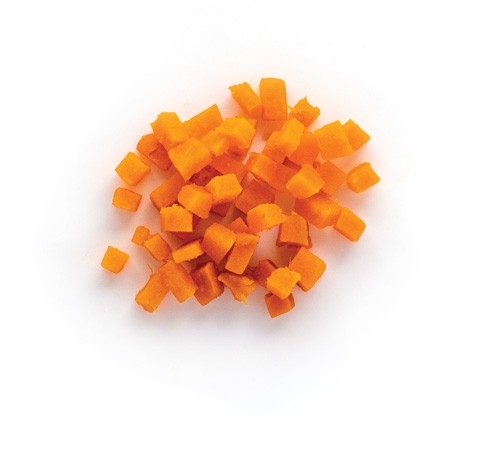
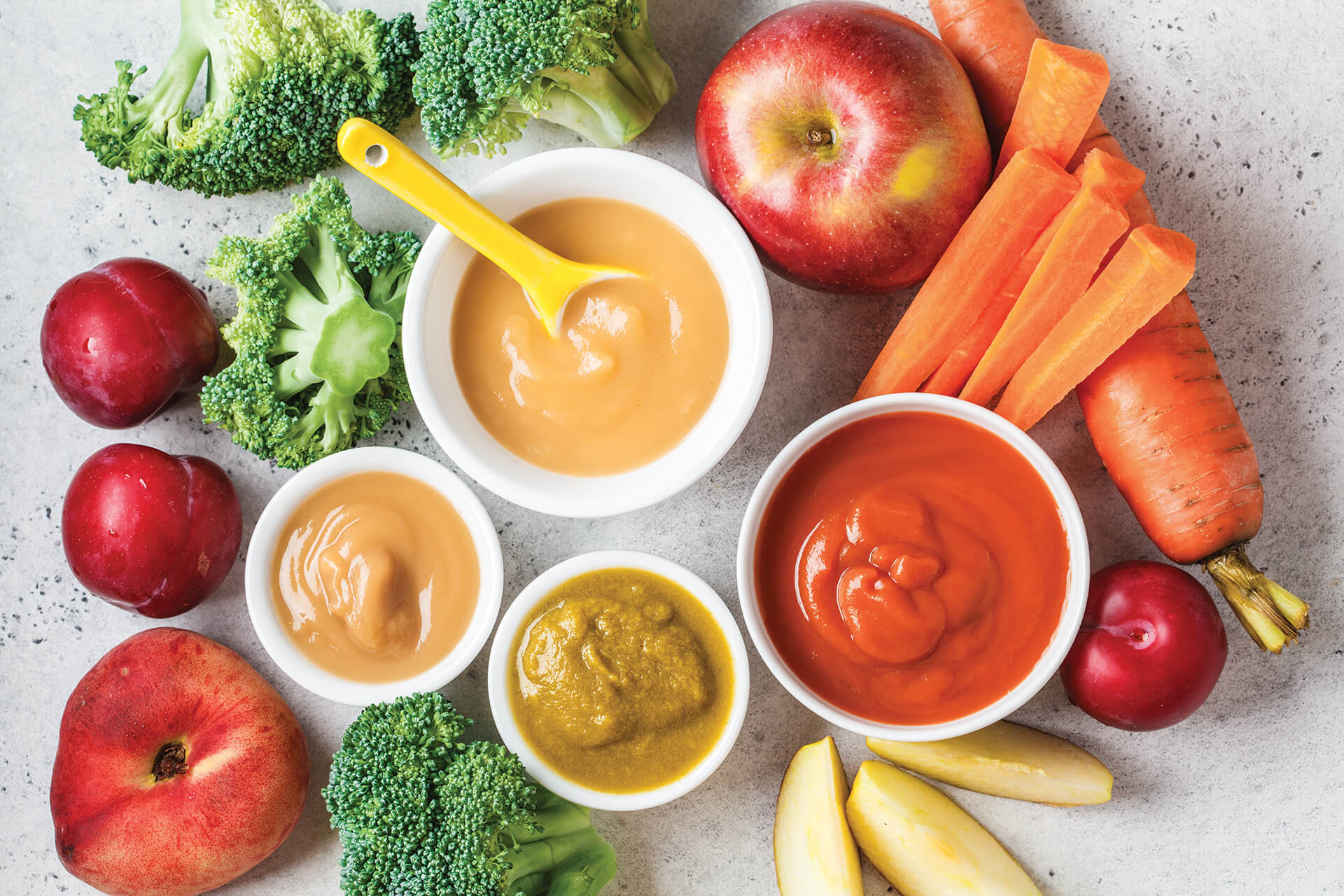
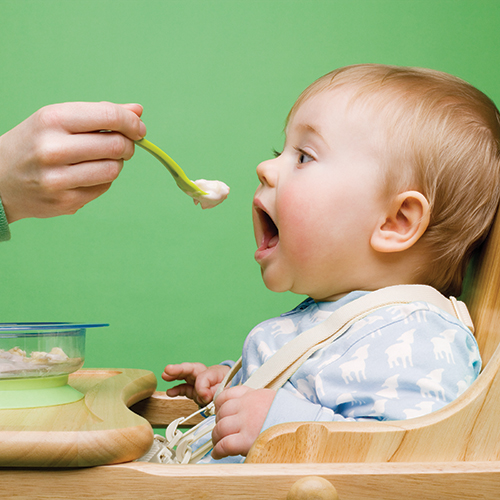
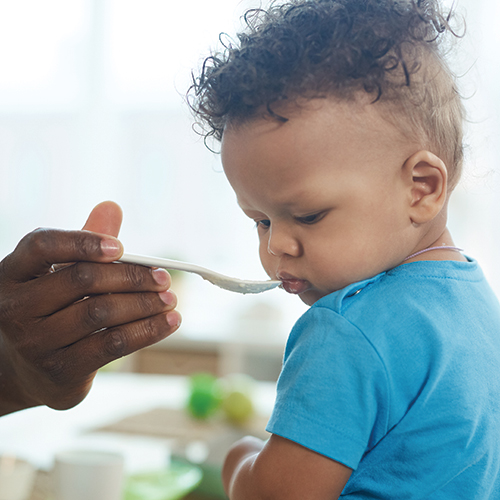
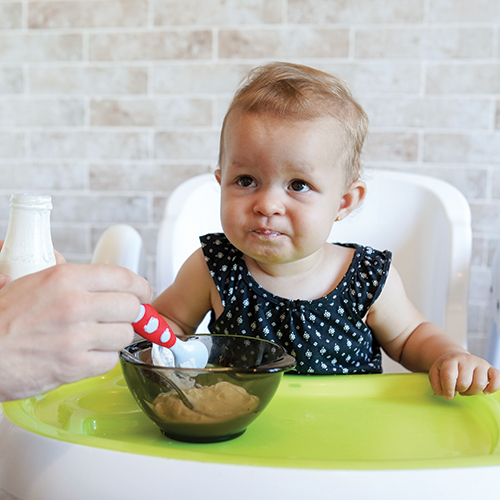
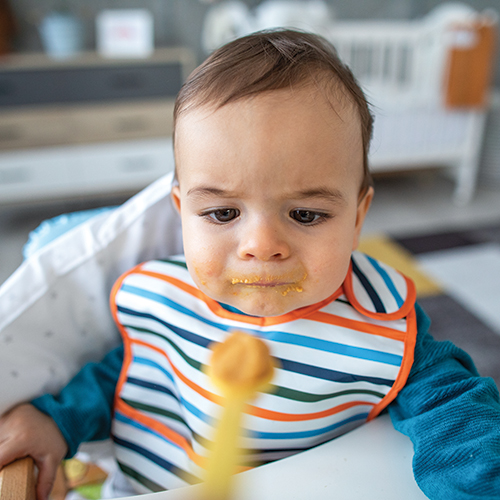
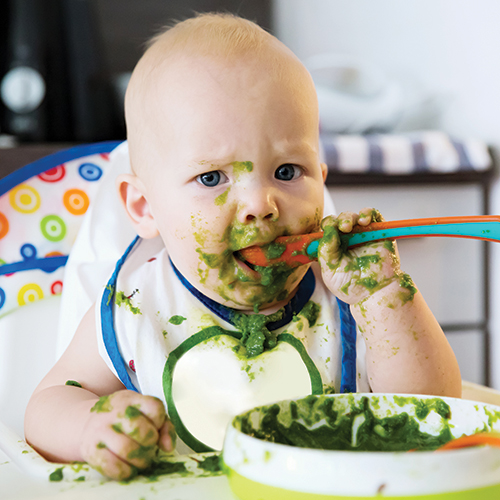
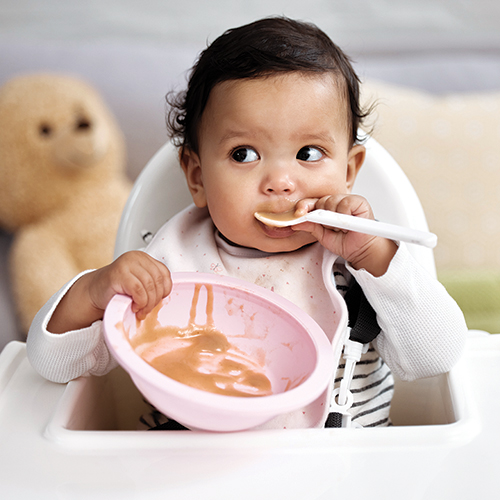
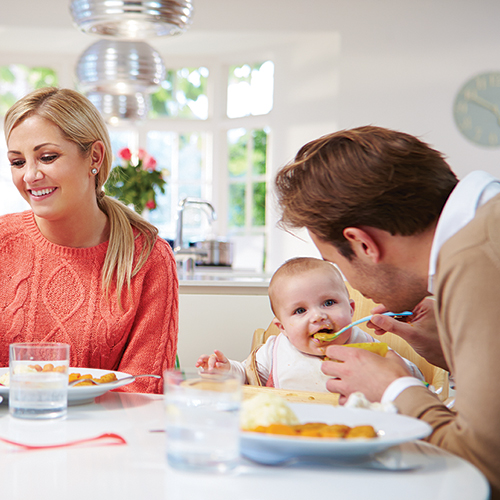
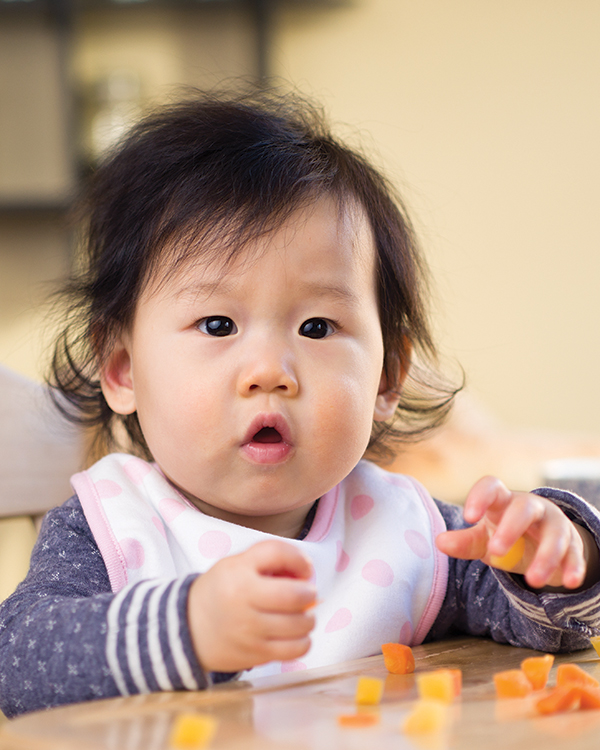
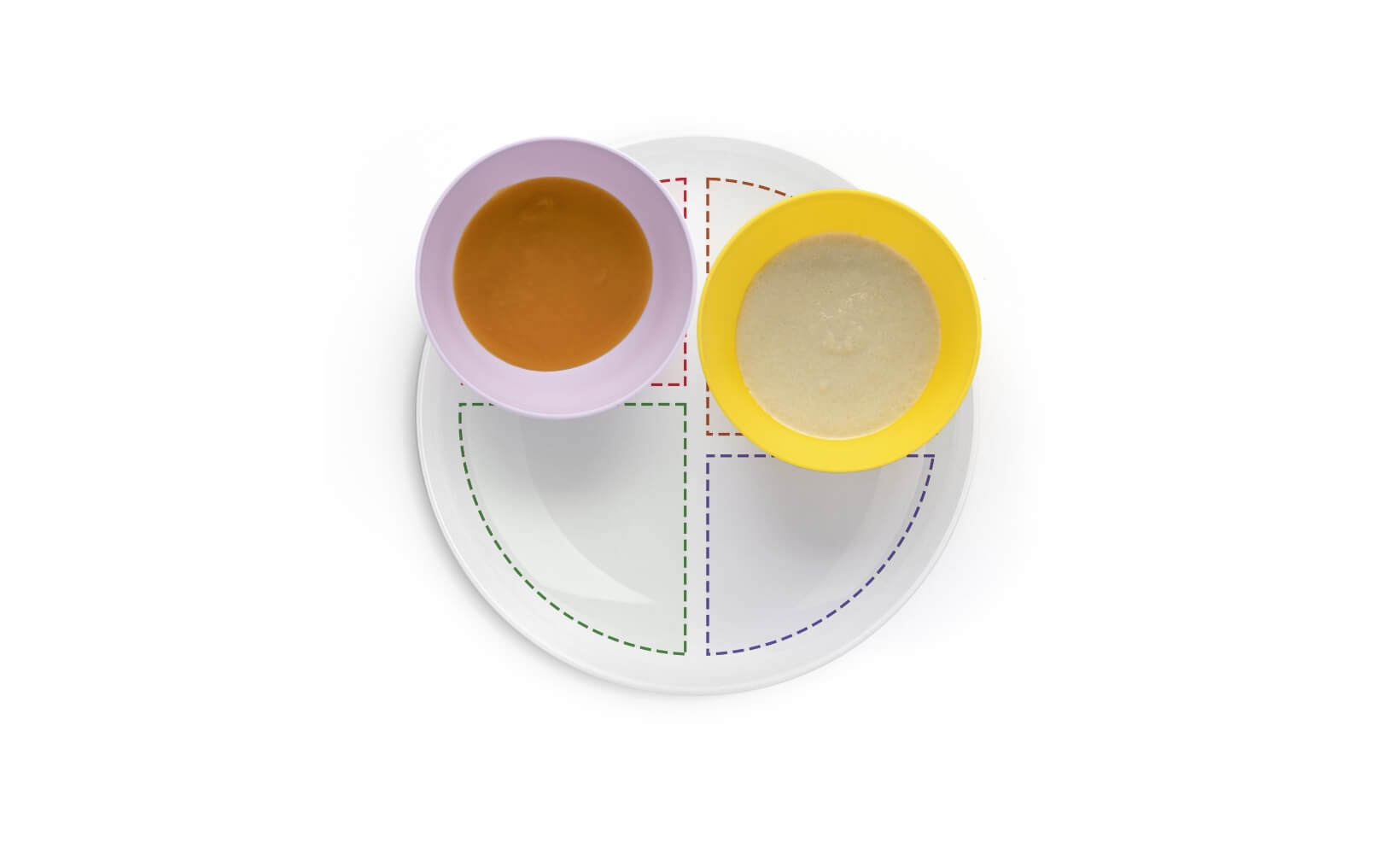
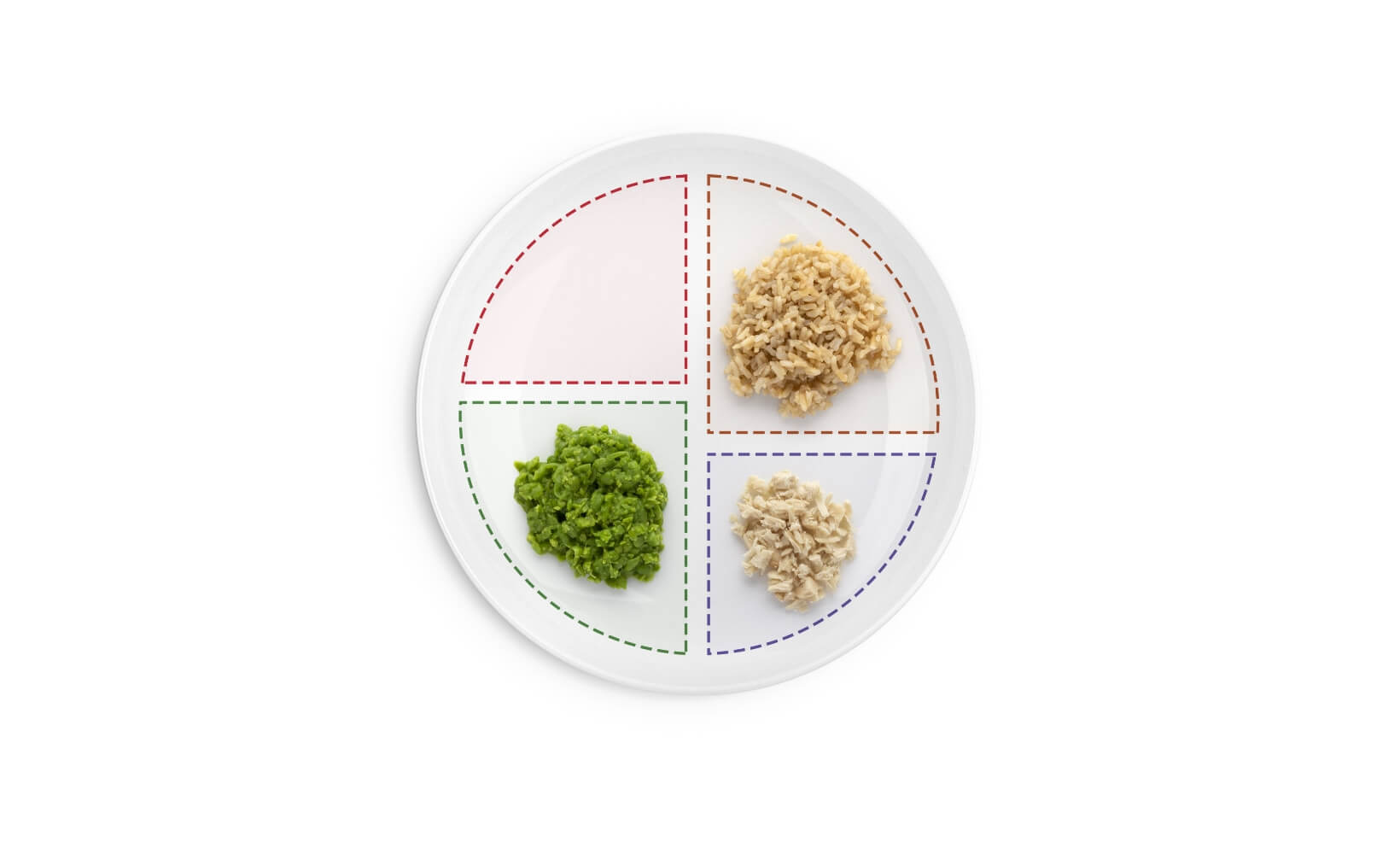
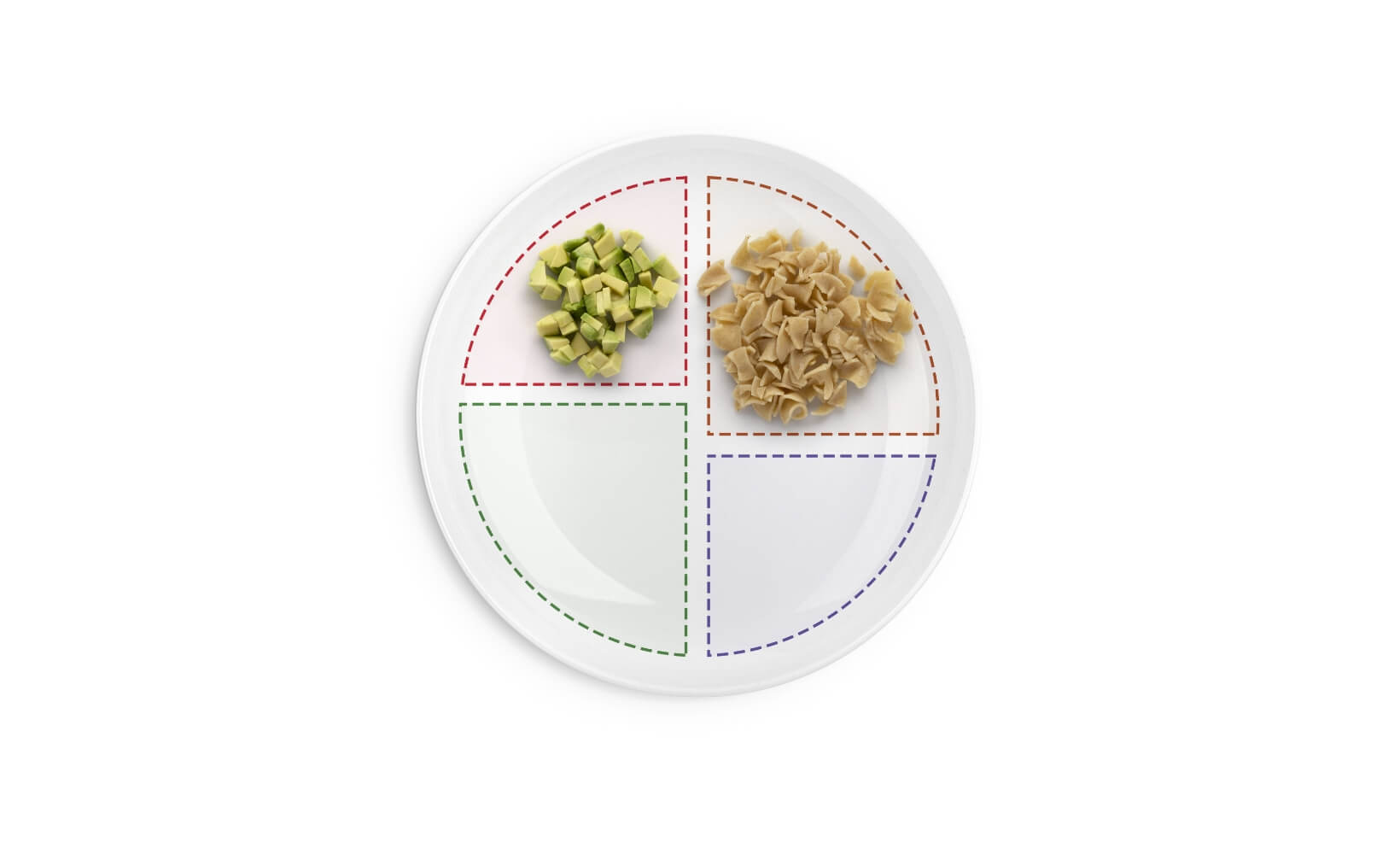
When I turn 6 months old, you can give me a small amount of water as I learn to drink from a cup.
We need to wash our hands before making my food or feeding me.
Put my food in a small dish and feed it to me with a baby spoon.
Throw out any food, breast milk, or formula left in a bottle, cup, or dish after I eat.
Don’t heat my food in a microwave. It could burn my mouth.
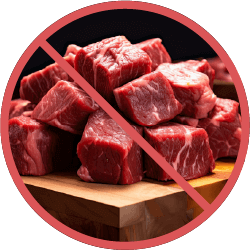
Rare or raw meats
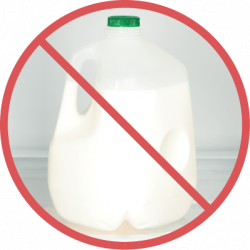
Cow’s milk
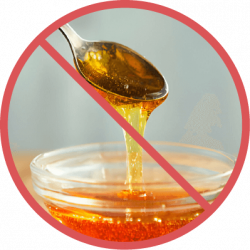
Honey or food made with it. Honey sometimes contains bacteria (Clostridium botulinum) that can make babies sick. I shouldn’t have honey until I’m at least 12 months of age.
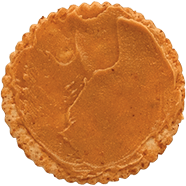
After I have tried other solid foods, introduce me to peanut butter. Doing this can be helpful if our family has food or egg related allergies, like eczema or other skin issues.
Spread a small, thin smear of peanut butter thinly on a cracker or mix it with applesauce and cinnamon and spread thinly on bread. Watch me for the next 2 hours to make sure I don’t have a reaction.
Put me on a blanket on the floor. Put a toy just out of my reach so I can move to get it. Roll a ball to me. Hold both my hands and let me walk with you.

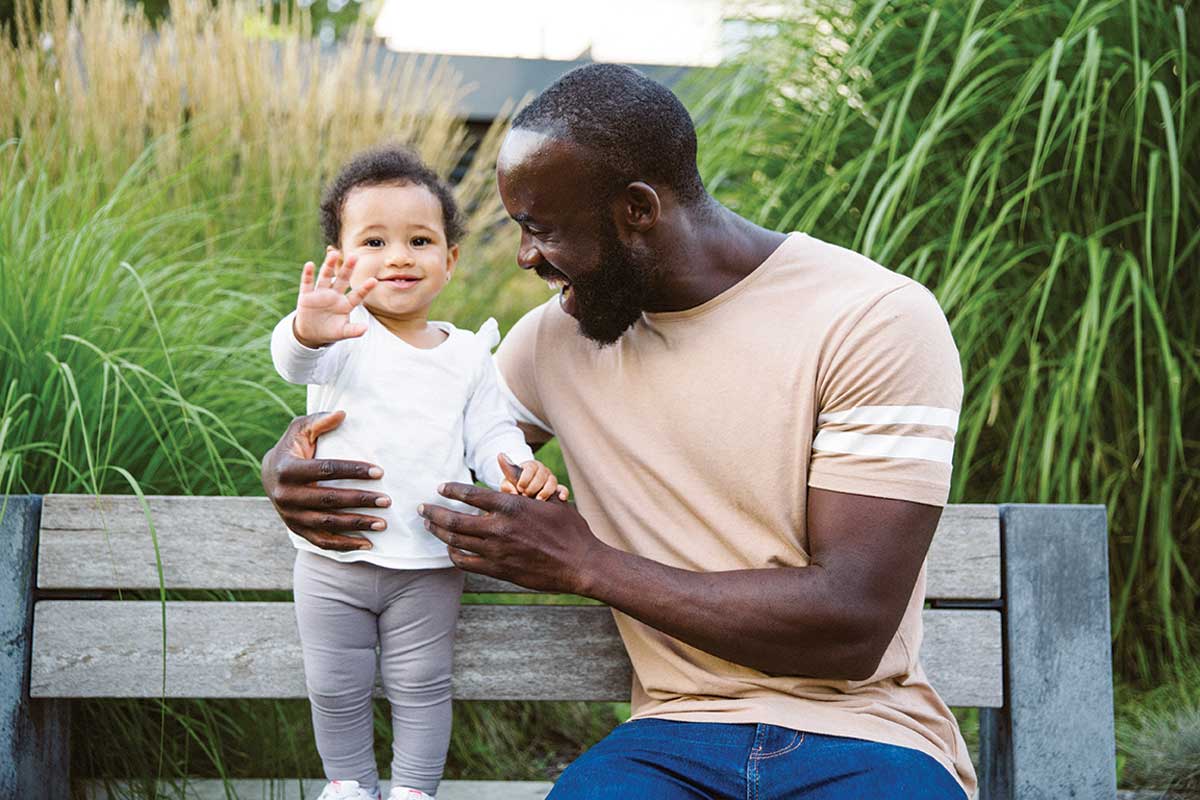

Side-Lying Hold
This hold is useful when:
Cross-Cradle Hold
This hold is useful when:
Clutch or “Football” Hold
This hold is useful when:
Cradle Hold
This hold is useful when:
Laid-Back Hold
This hold is useful when: